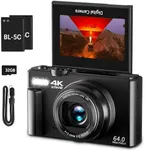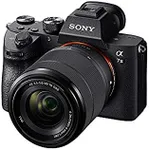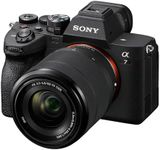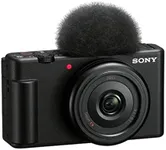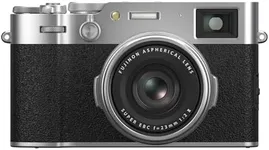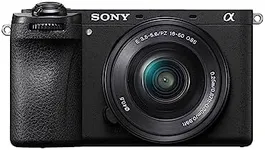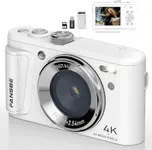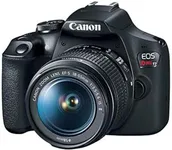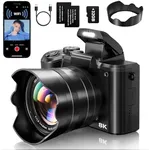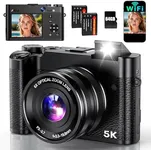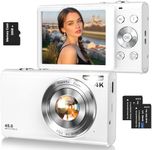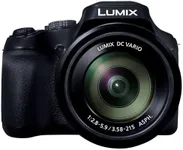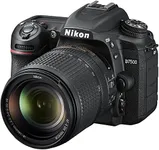Buying Guide for the Best Camera For Product Photography
Choosing the right camera for product photography is crucial to ensure that your products are presented in the best possible light. The right camera can make a significant difference in the quality of your photos, which in turn can impact your sales and customer satisfaction. When selecting a camera, it's important to consider several key specifications that will affect the performance and suitability of the camera for your specific needs. Understanding these specs will help you make an informed decision and choose a camera that will meet your requirements for product photography.Resolution (Megapixels)Resolution, measured in megapixels (MP), refers to the amount of detail a camera can capture. Higher resolution means more detail, which is important for product photography as it allows you to capture intricate details of your products. Cameras with 20-30 MP are generally sufficient for most product photography needs, providing a good balance between detail and file size. If you need to print large images or crop photos without losing quality, consider cameras with higher resolution, such as 40 MP or more. However, for online use, even 12-20 MP can be adequate.
Sensor SizeThe sensor size of a camera affects the quality of the images, especially in low light conditions. Larger sensors, such as full-frame sensors, capture more light and provide better image quality with less noise. For product photography, a full-frame sensor is ideal as it offers superior image quality and depth of field control. However, APS-C sensors can also be a good choice if you are looking for a more compact and affordable option while still achieving good image quality.
Lens CompatibilityLens compatibility is crucial because different lenses offer different focal lengths and apertures, which can significantly impact your product photos. For product photography, macro lenses are often preferred as they allow you to capture close-up details with sharpness and clarity. Ensure that the camera you choose is compatible with a wide range of lenses, especially macro lenses, to give you flexibility in your photography. Additionally, consider the availability and cost of lenses for the camera system you choose.
Autofocus SystemThe autofocus system determines how quickly and accurately the camera can focus on your subject. For product photography, precise focus is essential to capture the fine details of your products. Look for cameras with advanced autofocus systems that offer multiple focus points and fast, accurate focusing. Cameras with features like face and eye detection can be beneficial if you are photographing products with human models. A reliable autofocus system will help you achieve sharp and detailed images consistently.
Manual ControlsManual controls allow you to have full control over the camera settings, such as aperture, shutter speed, and ISO. This is important for product photography as it enables you to adjust the settings to achieve the desired exposure and depth of field. Cameras with easy-to-access manual controls and customizable settings will give you the flexibility to fine-tune your shots. Look for cameras that offer a good balance of automatic and manual controls to suit different shooting scenarios.
Image StabilizationImage stabilization helps reduce camera shake, resulting in sharper images, especially when shooting handheld. This feature is particularly useful in low light conditions or when using longer focal lengths. For product photography, in-body image stabilization (IBIS) can be beneficial as it stabilizes the camera regardless of the lens used. If you often shoot in environments where a tripod is not feasible, having a camera with good image stabilization will help you achieve clear and sharp photos.
Connectivity OptionsConnectivity options such as Wi-Fi, Bluetooth, and USB are important for transferring images quickly and easily. For product photography, being able to transfer images directly to your computer or mobile device can streamline your workflow. Look for cameras that offer reliable and fast connectivity options, allowing you to share and edit your photos without hassle. Some cameras also offer tethering capabilities, which enable you to control the camera and view images on a larger screen in real-time, enhancing your shooting experience.

